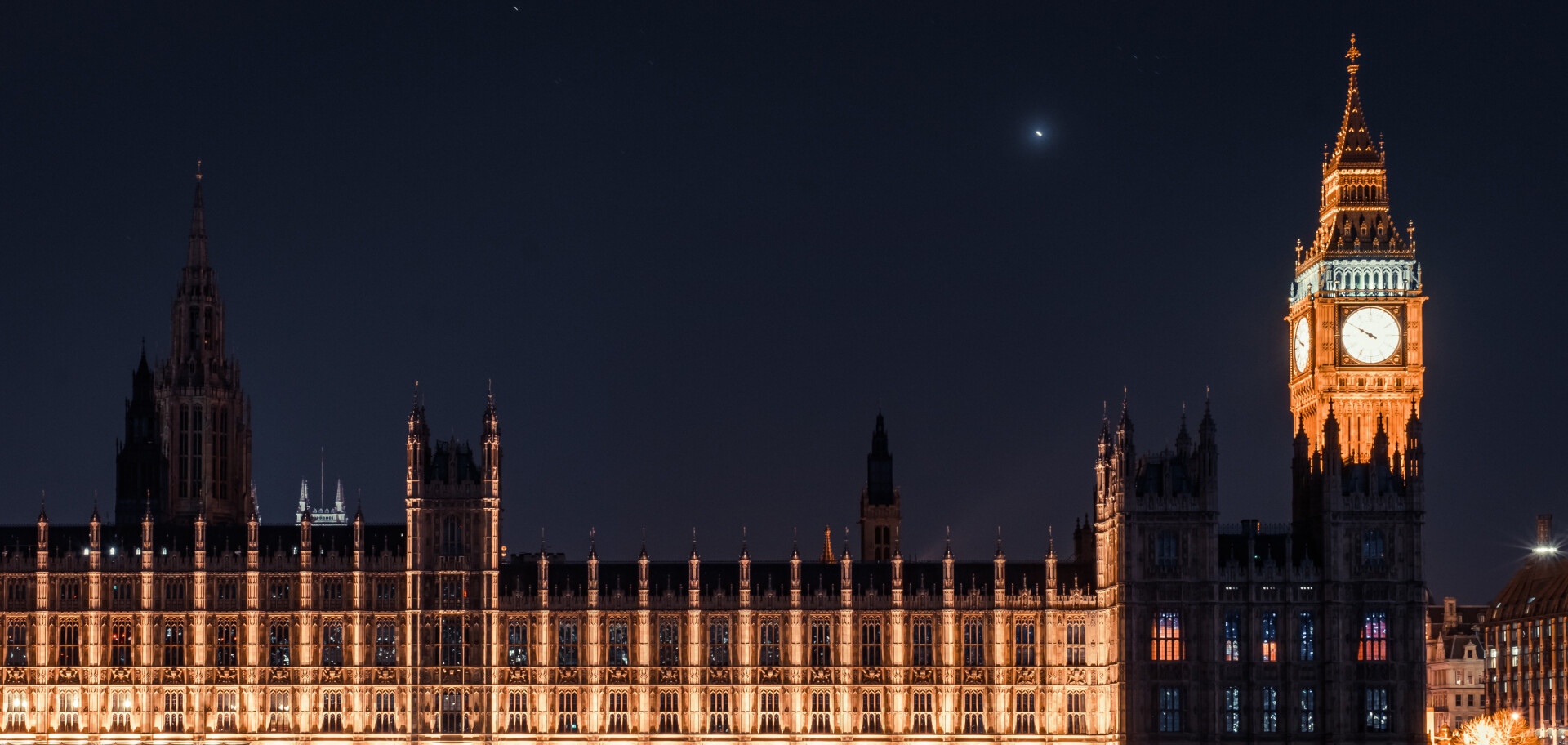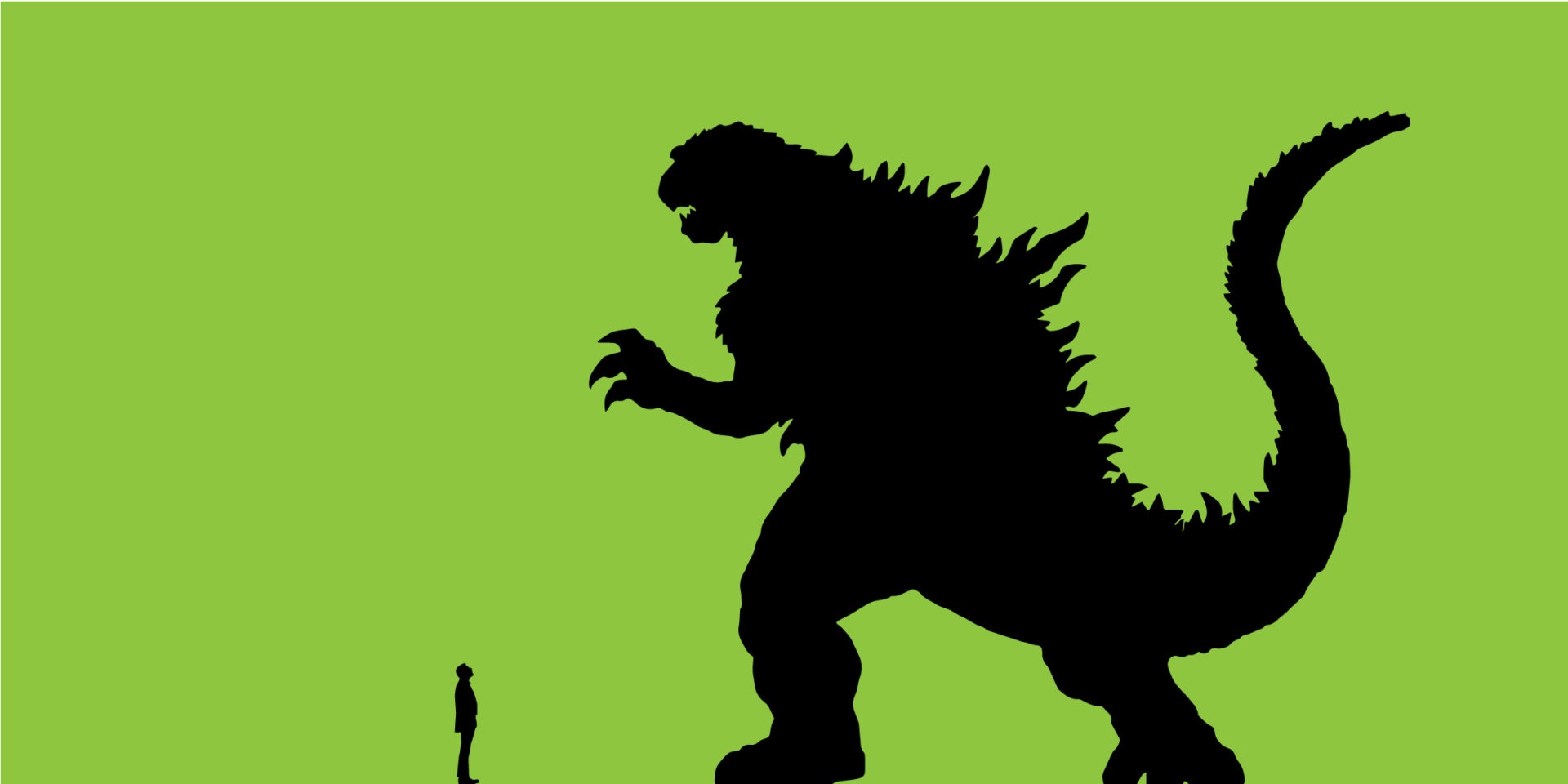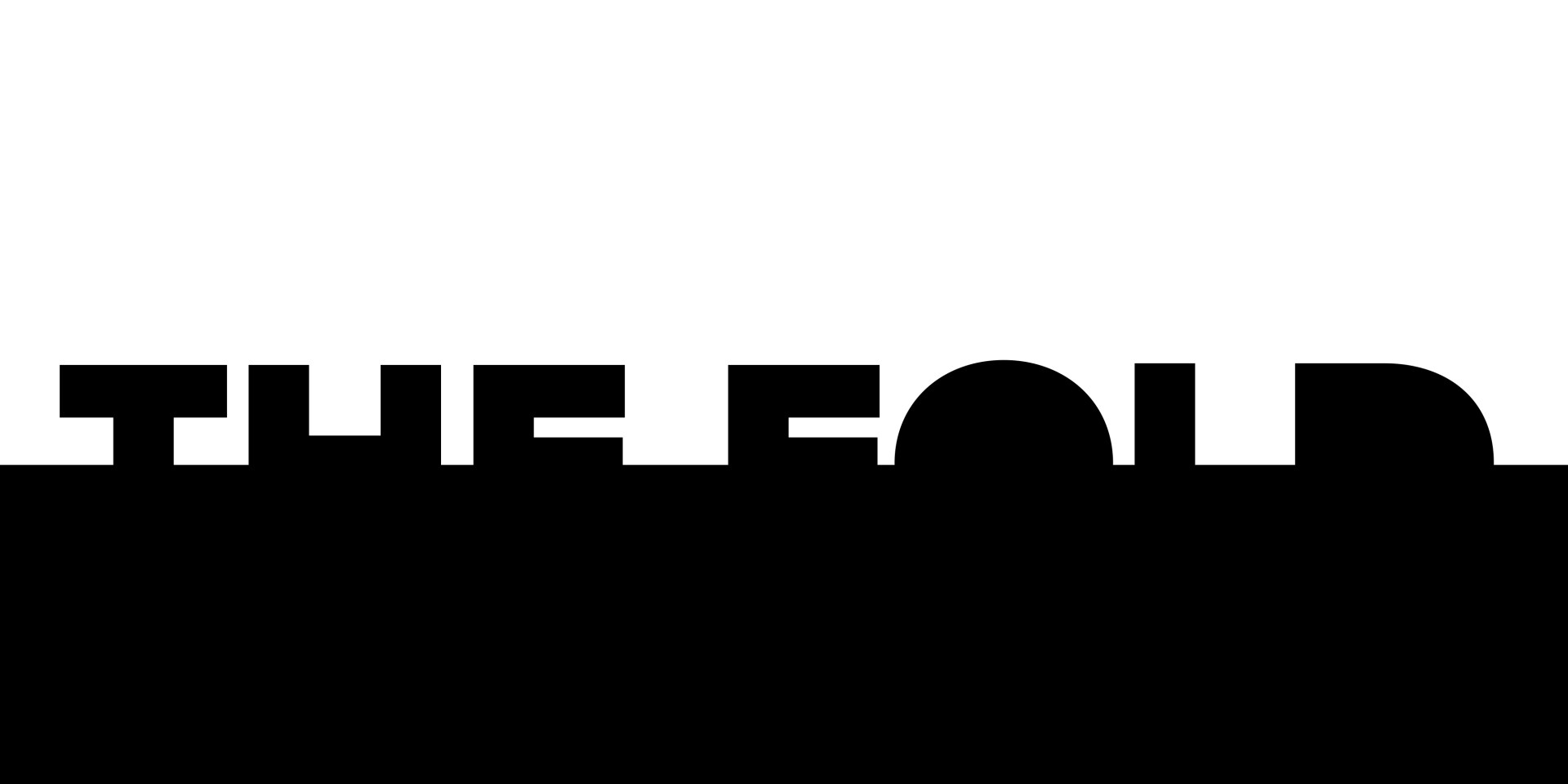

One of the big challenges for marketers is to justify the effectiveness of each of the channels in their marketing mix. Data about the volume, conversions and conversion value of traffic from social, email and other outside sources is used to guide decision making.
We receive a lot of enquiries asking us to help with improving the quality and quantity of referrals from sources such as social and other online media. We also hear a lot of people asking why the numbers of social referrals they see in their analytics dashboards seem so disconnected from the level of investment made in social advertising.
Taking a deeper look at this, we tend to come across a common misunderstanding about referral quantification and therefore misaligned approaches to the acquisition, conversion and retention cycle via social and paid media. The existence of dark social goes some way towards explaining why the numbers don’t always add up.
Dark social is the traffic and clicks you receive from social sharing that isn’t easily tracked by analytics tools. Dark social is the huge, growing volume of sharing activity carried out on mobile and via messaging apps, email, and other untrackable channels where existing customers are sharing your content with your future consumers.
A 2014 report from marketing platform RadiumOne indicated that up to 84% of outbound sharing takes place via private digital communication channels - or those deemed Dark Social.
[source: RadiumOne]
Text and instant messaging apps and platforms are major dark social sources. Facebook Messenger, Google Hangouts and WhatsApp don’t pass on the referrer when someone clicks a link.
Native apps keep content in-app to improve the user experience. For example Facebook’s Instant Articles load news articles natively - and this affects your website traffic. Sharing and content apps - like Snapchat and Instagram - don’t allow for clickable links in content and therefore users have to type the link directly, or copy and paste. It's definitely worth noting that the major social platforms, like Facebook, Twitter and Reddit are good at including referrer tags, at least so from their desktop versions. So these can be reliably counted as not to be dark social. The inclusion of tags from their mobile app counterparts is less exacting.
The existence, and necessity, for strict user privacy regulations when using personal email providers means that generally, clicks made from emails don’t paOne of the big challenges for marketers is to justify the effectiveness of each of the channels in their marketing mix. Data about the volume, conversions and conversion value of traffic from social, email and other outside sources is used to guide decision making.ss on a referral code, and therefore don’t show as referrals.
Browsing on Incognito or Private mode or using a VPN or HTTPS won’t pass a referrer code. The shift to the use of HTTPS as best practice over the last few years has led to a rise in dark social traffic for many websites. Unless a referring site is using the meta referrer tag, the source would not be attributed.
Google Analytics contains a wealth of information about your consumers, but it’s not the complete picture. It doesn’t capture the data from today’s instantaneous communication platforms. Best practice marketing efforts on traditional channels such as link tracking via UTMs are lost via dark social, as these channels either don’t attach the tracking links or the data becomes invalid - for example a user shares a link from Twitter in an email.
Usually a click from one of these dark social shares described above ends up in the Direct data in your Google Analytics dashboard.
"Adding the power of dark social data to your insights has big potentials for your marketing returns."
Once you have a handle on the sources of this data, your analysis of factors like dwell time and bounce rates are more intelligently informed and you can see what is really resonating with your audience.
One way of getting a rough idea of the scale of your dark social traffic is to create a segment in GA that looks at sessions attributed to ‘Direct’ but that land on a page other than the homepage i.e. deep links or long URLs. If you see Direct traffic landing on pages like this, it is unlikely to be a visitor typing in that deep link. This is most likely to be a click from a dark social share.
This is just one way to shine a light on this ‘cloaked’ data. Another simple and effective way to do this is to utilise link shortening services such as bit.ly, or those offered by social media management plaforms like Po.st from radiumOne and ow.ly from Hootsuite. They all give marketers a spotlight under which to view dark social. Every click can be tracked, there is the capacity for customisation and UTMs are preserved.
Tracking this sharing activity can inform phenomenal paid campaigns where conversion rates surpass anything seen via the ‘traditional’ social paid platforms. The one to one nature of messaging apps and today’s social sharing apps, like Instagram and Snapchat, is something that big brands are harnessing to stay at the top of their game.
"Dark social is out there and it continues to grow."
Dark social platforms continue to innovate, while on the lighter side, effort is being made across the web to help brighten the horizon for marketers - for example LinkedIn was previously a large source of dark social, until they implemented a change that started tagging referral traffic to sites as lnkd.in back in January. Yahoo has also added a meta referrer tag to its homepage, allowing proper attirbution of traffic after having grown to become one of the largest dark social sources because of its move to HTTPS.
Facebook Messenger’s Instant Articles rolled out recently, and this type of development is another step in the changes to the traffic you receive and ultimately your revenues and returns.
Allowing your content to be seen offsite in an interface such as Messenger’s Instant Articles increases consumer engagement, but on the flip side will reduce your onsite activities, so your marketing strategy needs to be agile enough to cope with these shifts. Look at the response when Facebook announced an update to its News Feed algorithm back in June - the prioritisation of friends and family content over publisher content. This move sent many marketers into meltdown.
So has the customer journey we create through content, and our part in their customer experience been hijacked? We don’t think so.
Looking at brand marketing in 2016, with the fragmentation of the customer journey across multiple devices and an ever growing number of channels, we see that this is indicative of the continuing shift in brand advocacy and the importance of community management.



If you want to showcase your offering, convert more leads, provide resources, or all of the above, we can build a website that separates you from the competition.



